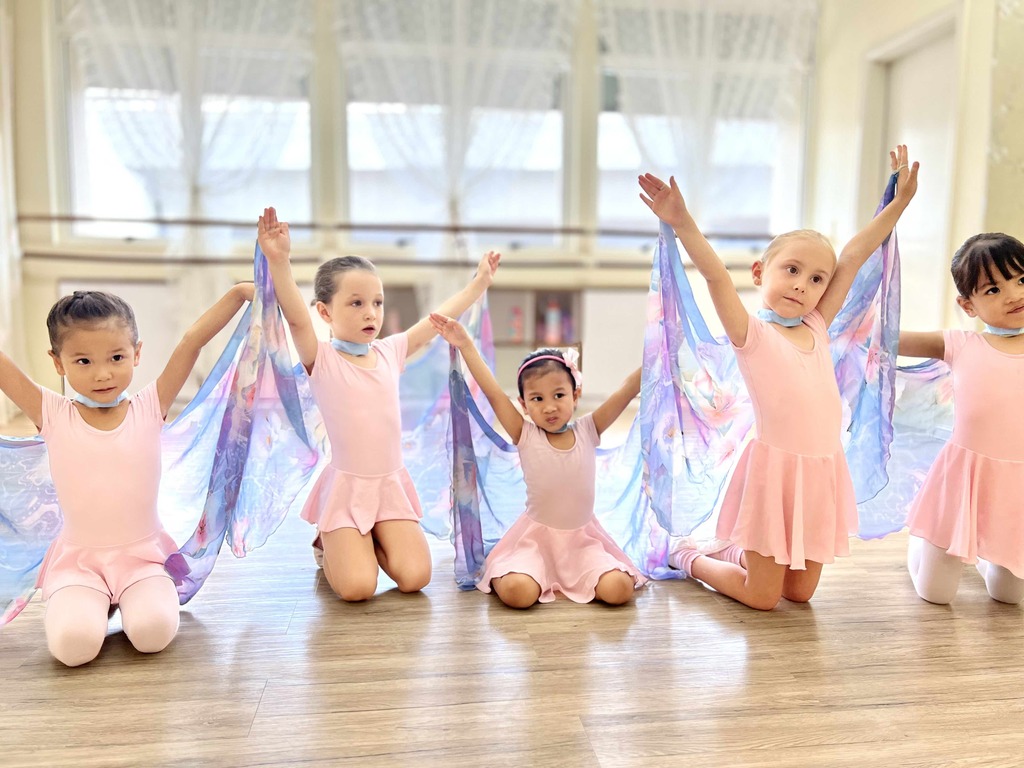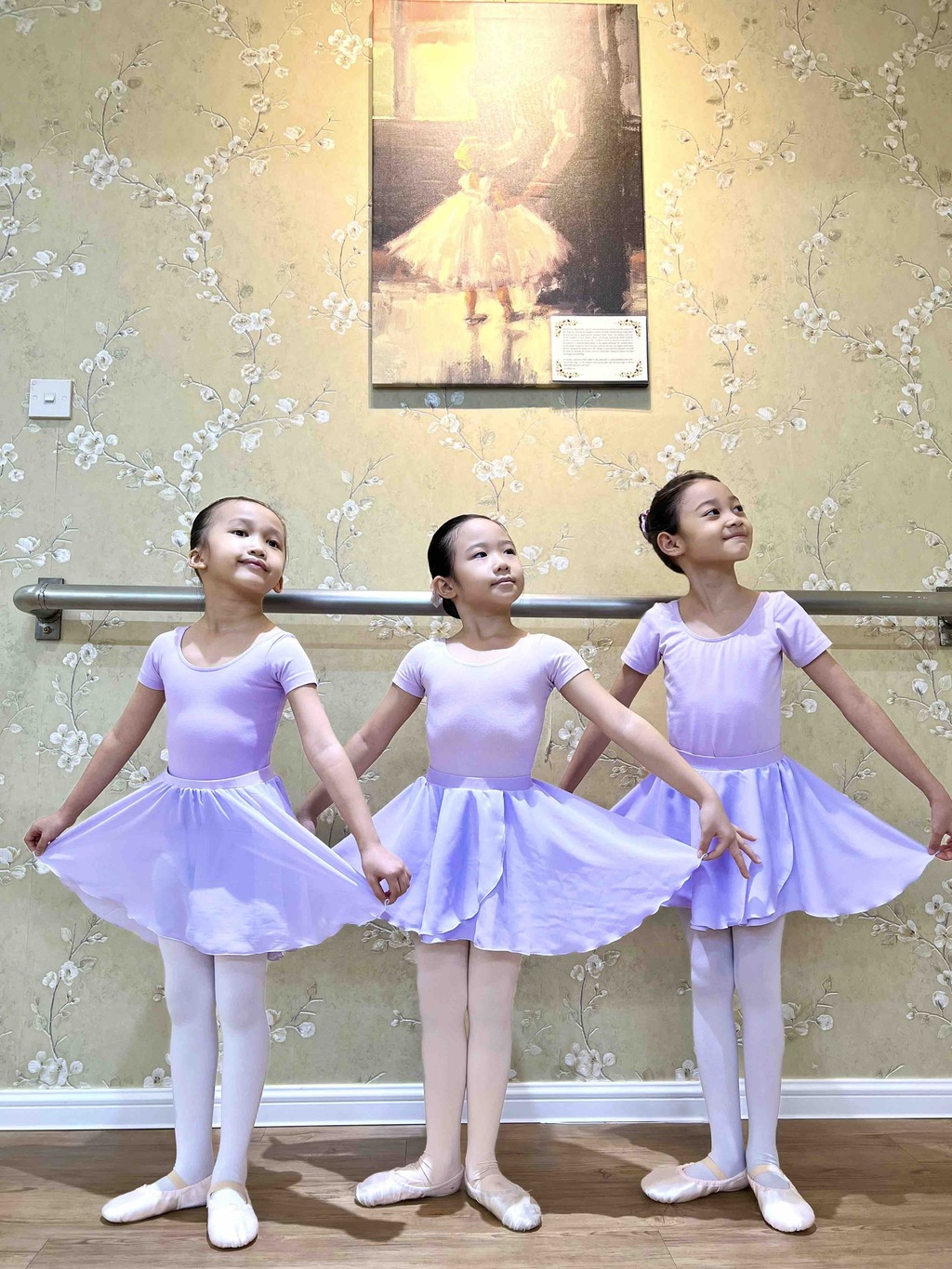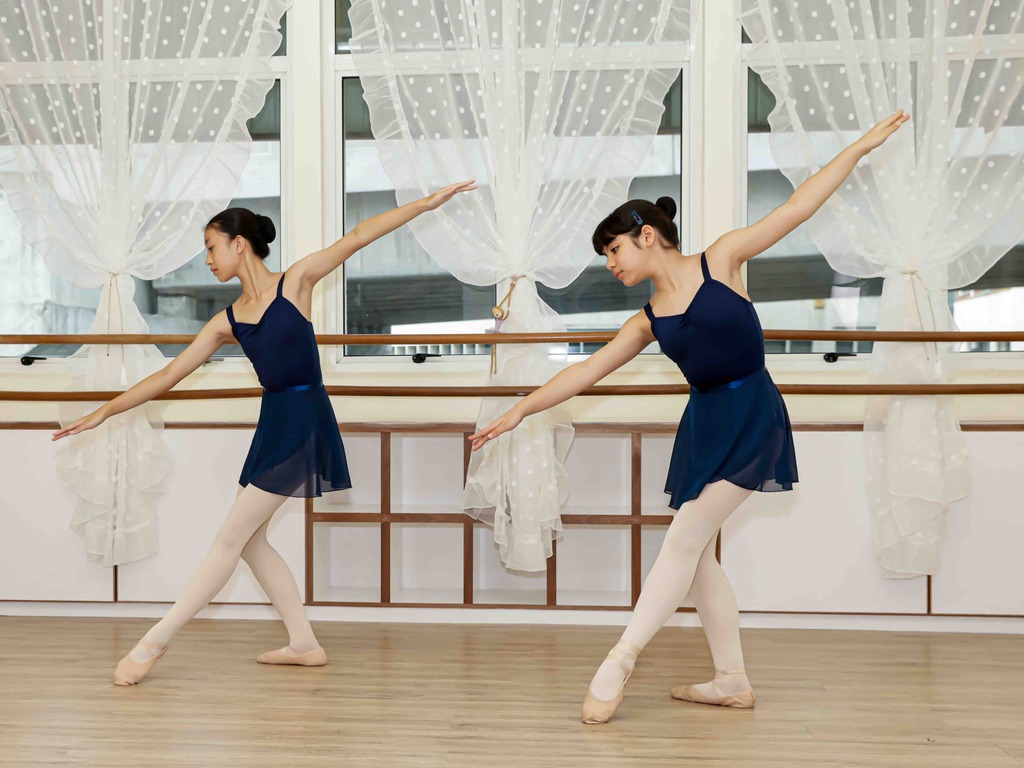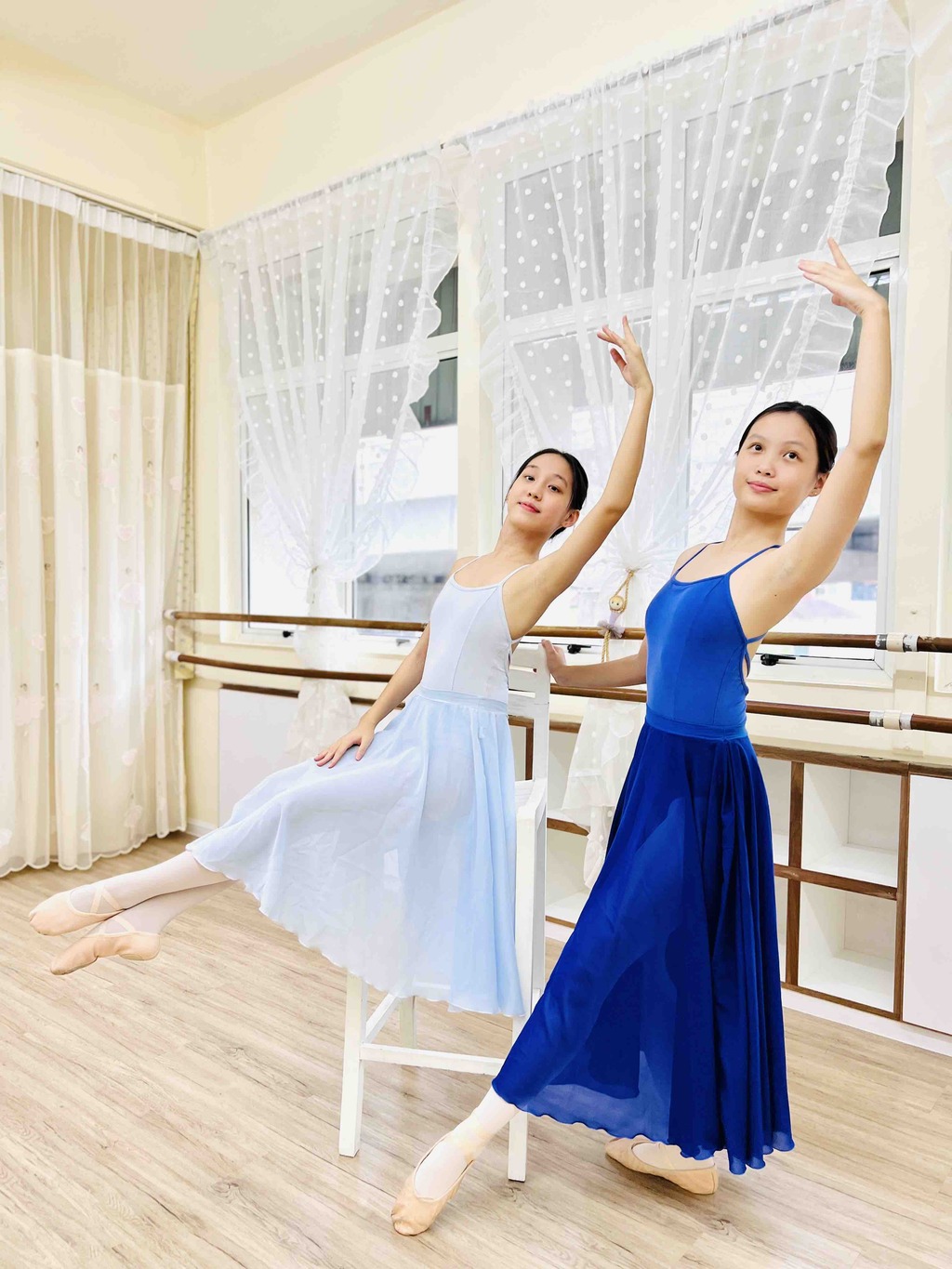Adult Ballet
Never Too Old to Get Started!
Whether you’re ready for your first ballet class ever or looking for a gentle re-entry to movement, our Adult Ballet class is the perfect class for you!
You will be guided with the fundamental of ballet techniques. Aside from enjoying the benefits of good posture, enhanced coordination and improved poise, you can expect a good workout in a friendly environment, unwinding with peers of similar interests. Laugh and sweat your way through a Classical Ballet barre, gentle stretching, and build on our progress with movement across the dance floor.
Our Adult Ballet classes are suitable for students with age 18 and onwards. We offer 5 Adult Ballet levels. Here is a good chance for you to build up your confidence and (re)discover your love for Ballet.
Adult Ballet Beginner
This class is designed for the complete beginner! Instruction on weight placement and posture will be emphasized, as well as the positions of body, feet, and arms. Arms and feet positions and Ballet terminology will be taught as the class progresses. Dancers will begin with simple barre exercises for warm-up and basic center exercises. Petite Allegro that includes non-traveling and travelling will be introduced.
Adult Ballet Level 1
This class is designed for dancers who have completed the Beginner level or for those wanting to review the fundamentals. An emphasis on body weight placement, technique, Ballet terminology, balance, and strength will be provided. Dancers can expect a full barre, Pirouette (turns) preparation, Allegro (jumps), and an introduction to Grand Allegro combinations.
Adult Ballet Level 2
Similar to Intermediate level. Dancers must have at least two years of ballet experience and should have a full understanding of ballet terminology. This is a good level for:
- Non-beginner dancers;
- Dancers who are returning after some time away from the ballet studio; and
- Dancers who have confident at the Adult Ballet Beginner and Level 1.
Dancers can expect a full barre, followed by center work with Pirouette combinations and Petit to Grand Allegro with spatial awareness.
Adult Ballet Level 3
Dancers at this level should have a sound knowledge of the Ballet technique. Dancers will be working on further expanding their Ballet vocabularies, while performing the steps and combinations with the correct details and dynamics.
With a more established Ballet foundation, dancers will be able to enjoy the dancing and express themselves through the music.
Dancers will be introduced to pointe work when they are technically strong enough (subject to instructor’s assessment).
Adult Ballet Advanced
Dancers must have several years of Ballet experience. Dancers can expect a faster paced class, longer combinations, and increased complexity. This class is ideal for dancers who are looking for a greater challenge and wish to build more stamina and strength. While the focus at this level is in building a strong Ballet technique, dancers will also learn to develop performance skills like expression, projection and the ability to engage an audience.













